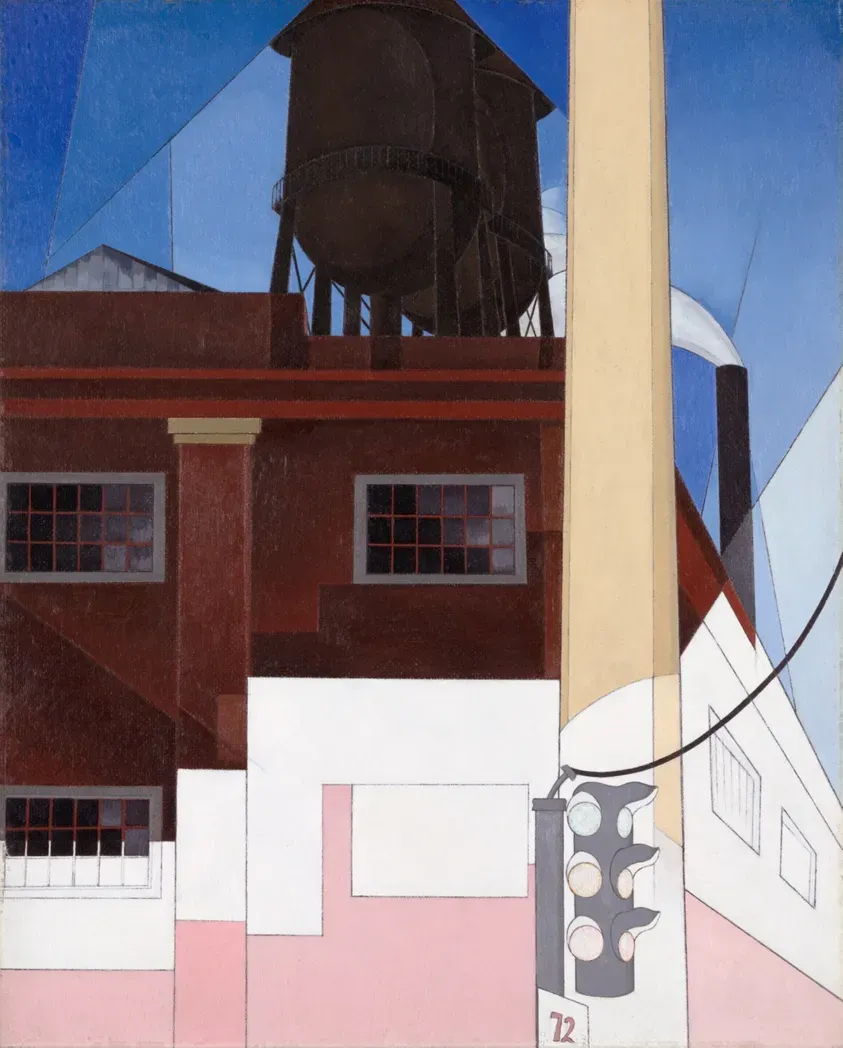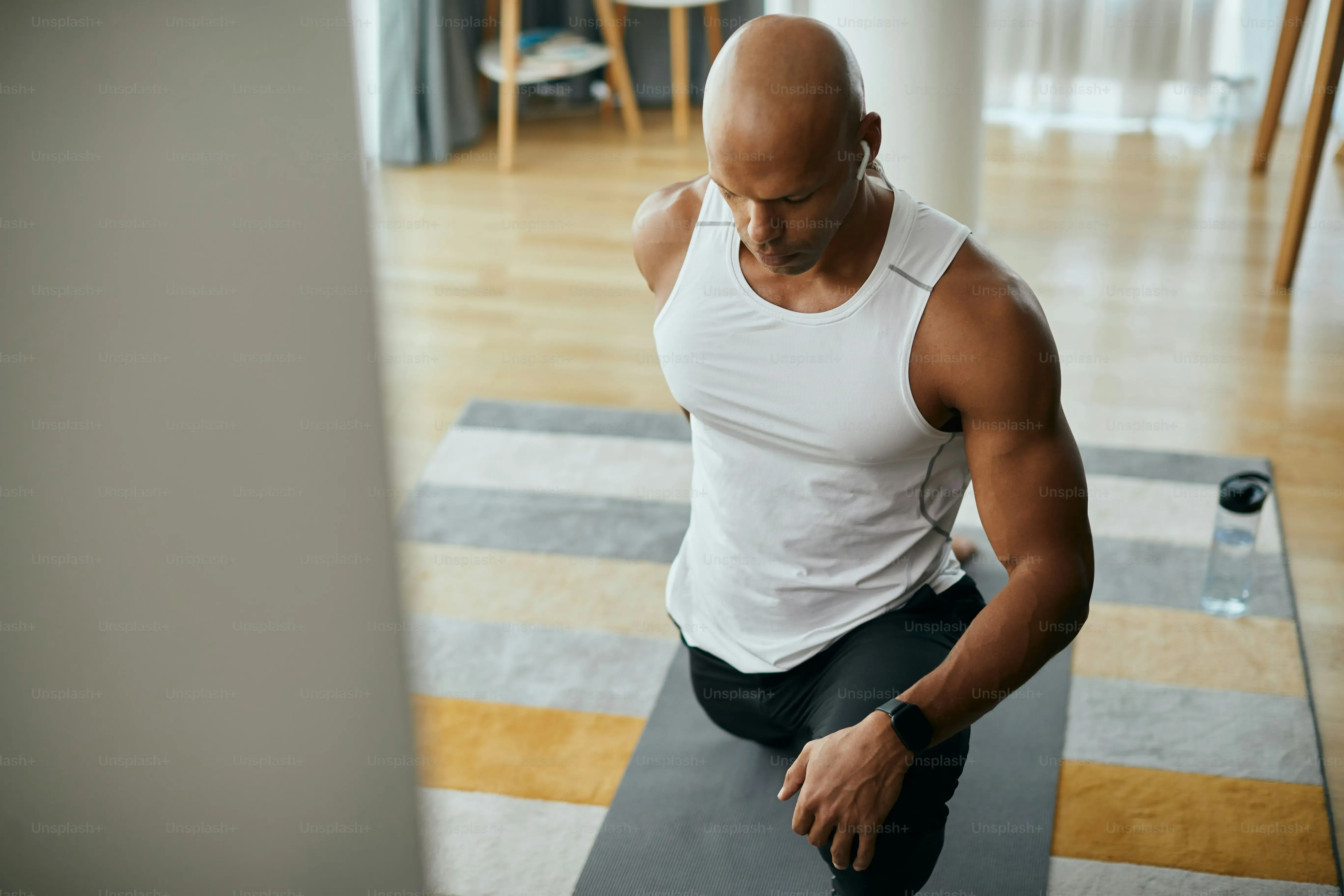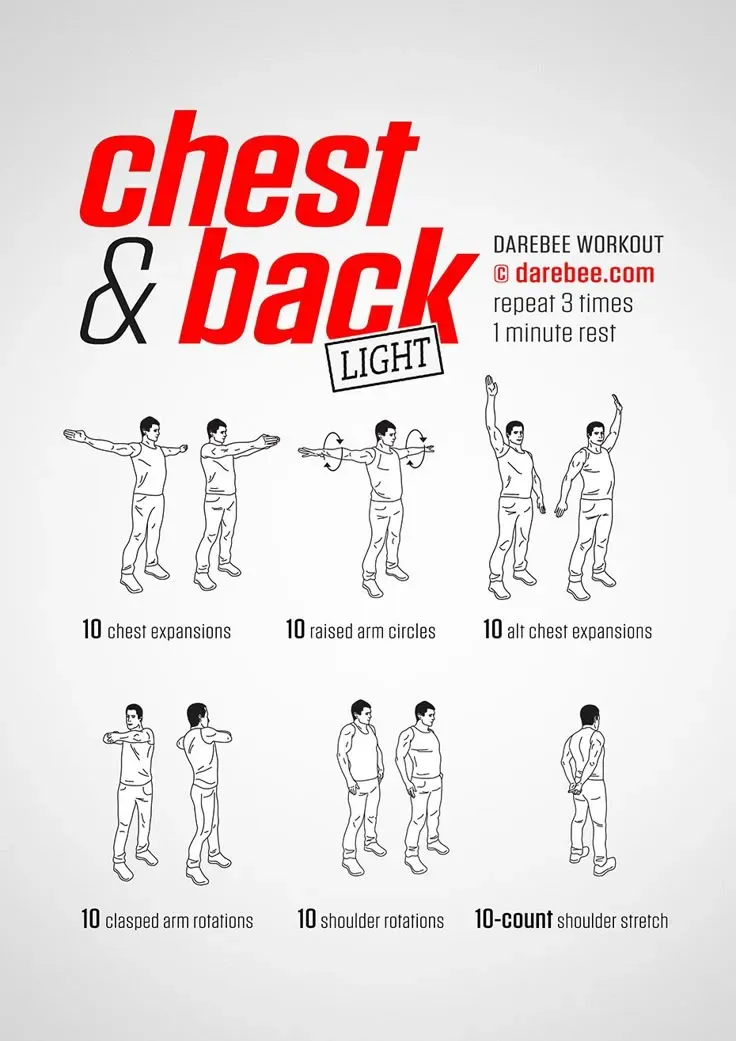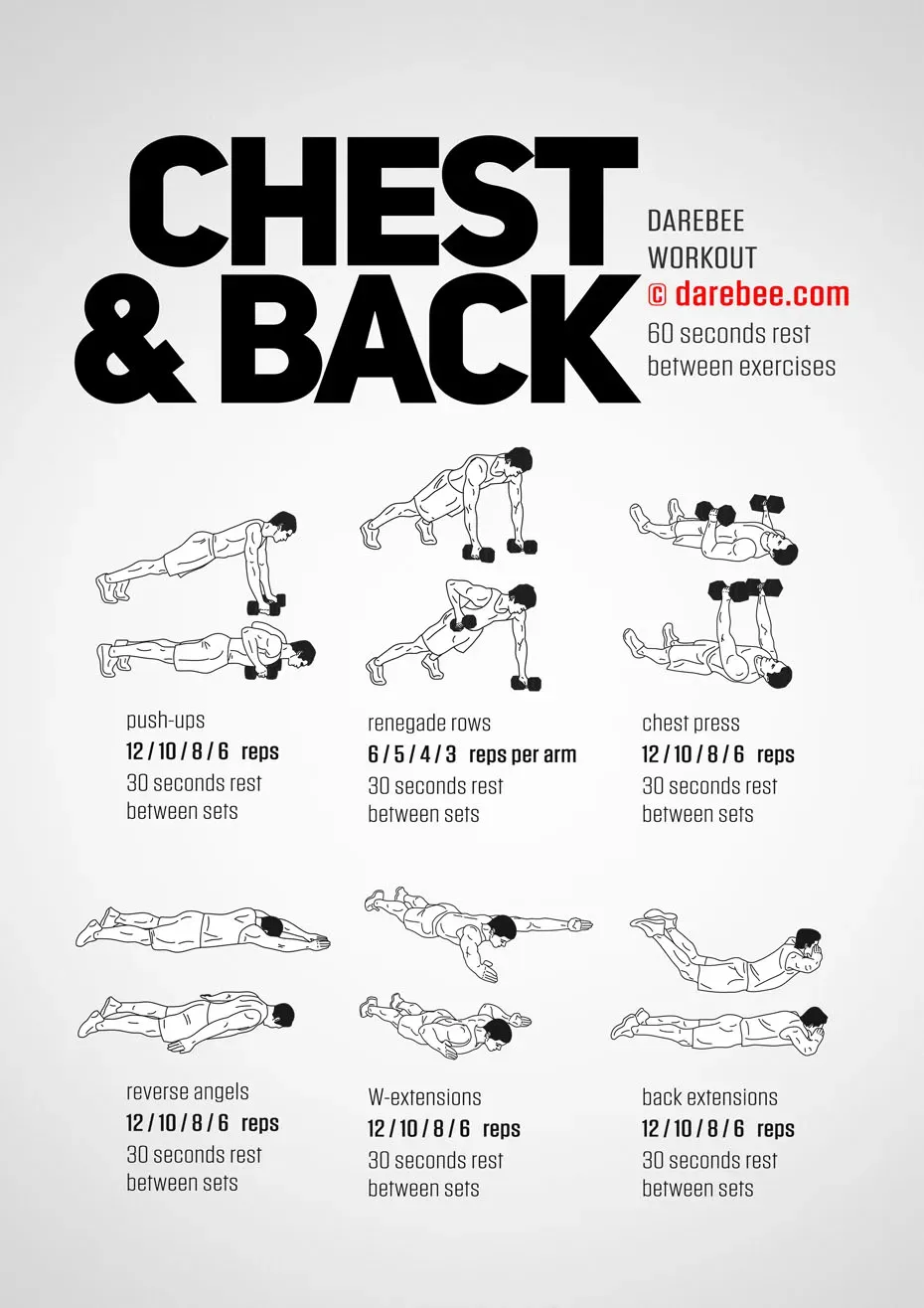Table of Contents
Look, let's be real. Building a strong, balanced upper body often feels like it requires endless hours at a crowded gym, wrestling with machines and free weights. Maybe you're short on time, maybe the gym scene isn't your thing, or maybe you just prefer the comfort of your own space. Whatever the reason, you're probably wondering if you can actually get results without all that fuss. The good news? You absolutely can. Forget the commute, forget the waiting for equipment. We're talking about getting a serious pump and building real strength right where you are.
Get Stronger at Home: Why a Back and Chest Workout Makes Sense

Get Stronger at Home: Why a Back and Chest Workout Makes Sense
Ditch the Gym Commute, Build Real Muscle
Let's face it, getting to the gym can feel like half the workout sometimes. Traffic, finding parking, waiting for equipment – it all adds up. And frankly, shelling out cash every month just to stand around waiting for the bench press isn't everyone's idea of a good time. But does that mean you're stuck with flimsy resistance bands and lukewarm results? Absolutely not. You can build serious strength and sculpt your upper body without stepping foot outside your door. The key is having a plan, a focused routine that targets the right muscle groups efficiently. A solid back and chest workout at home isn't just convenient; it's a legitimate path to getting stronger, provided you actually do the work.
Training your chest and back together in the same session might seem counterintuitive at first. Aren't they opposing muscles? Yes, they are. And that's precisely why pairing them makes so much sense. This isn't some random pairing; it's about balancing the pushing muscles (chest, shoulders, triceps) with the pulling muscles (back, biceps). Think about it: for every push-up or bench press, you need strong back muscles to maintain posture and stability. Neglecting one while hammering the other is a recipe for imbalances, poor posture, and potential injury. Training them together ensures you're building a more functional, robust upper body.
- Saves time: Hit two major muscle groups in one go.
- Promotes balance: Prevents imbalances between pushing and pulling muscles.
- Improves posture: Strong back muscles counteract rounded shoulders from chest work.
- Boosts overall strength: A strong core and back support heavier chest lifts (and vice versa).
Maximize Efficiency, Minimize Excuses
The biggest hurdle for most home fitness hopefuls? Consistency. It's easy to let life get in the way when your living room is also your gym. But a well-structured back and chest workout at home removes a lot of those typical excuses. You don't need fancy machines or a spotter. You don't lose time traveling. All you need is a small dedicated space, some basic equipment (like dumbbells and a mat), and about 15-20 minutes. That's less time than it takes to scroll through social media. This isn't about finding time; it's about making time for something that actually works. Stop telling yourself you can't get results at home and start proving you can.
Your Complete 14Exercise Back and Chest Workout at Home Circuit

Your Complete 14Exercise Back and Chest Workout at Home Circuit
Ready to Work? Here's the Game Plan
Alright, enough talk about why this makes sense. Let's get down to the actual work. You're here for a concrete plan, not more motivational fluff. This isn't about spending two hours fiddling with different exercises. We've designed a focused circuit – think of it like a non-stop train hitting every station it needs to – that targets both your chest and back effectively. You'll move from one exercise to the next with minimal rest, keeping your heart rate up and maximizing your time. What do you need? Honestly, not much: a set of dumbbells that challenge you (you might need a couple of different weights as you get stronger), and some space on the floor with a mat. That's it. No fancy gym membership required, just your willingness to put in the effort.
Circuit Structure: Make Every Second Count
This isn't a "do three sets of ten" kind of deal. We're using a time-based circuit to keep things moving and ensure you're pushing yourself. For each of the 14 exercises, you'll perform as many quality repetitions as possible (AMRAP) for 50 seconds. Then, you'll take a short 10-second break to transition to the next move. Once you've completed all 14 exercises, that's one round. The goal is to complete two to three rounds of this circuit. Listen to your body, but push your limits within good form. The clock is ticking, so make those 50 seconds count. Don't just go through the motions; focus on feeling the muscles work during each rep.
- Workout Style: Time-based circuit
- Time per Exercise: 50 seconds AMRAP (As Many Reps As Possible)
- Rest Between Exercises: 10 seconds
- Total Exercises: 14
- Rounds: Complete 2-3 rounds
- Estimated Time per Round: Around 10-15 minutes
Target Your Chest: The First 7 Moves

Target Your Chest: The First 7 Moves
Lay the Foundation: Presses and Flies
Alright, let's get after that chest. We're starting on the floor, which is great because it limits the range of motion slightly, making it easier on your shoulders while still letting you push some weight. First up is the classic Chest Press. Grab those dumbbells, lie on your back, feet flat on the floor, and press the weights straight up. Think about squeezing your chest muscles at the top. Don't just heave the weight; control the movement both up and down. After 50 seconds of that, you get a quick 10-second breather before moving into Chest Flies. Keep that slight bend in your elbows, lower the weights out to the sides like you're giving someone a giant, awkward hug, and bring them back up, focusing on the stretch and contraction in your chest. These two moves hit the bulk of your pectoral muscles, setting the stage for the rest of the circuit.
Expand Your Attack: Angles and Pushups
Next, we're hitting slightly different angles and adding some bodyweight. The Inner Chest Press is exactly what it sounds like – holding the dumbbells together over your chest and pressing straight up, really trying to engage those inner pecs. Then, the Tabletop Chest Press, done from a bridge position, adds a core stability challenge while pressing. It's not just about the chest here; your glutes and core have to work to keep you stable. After those, it's time for Wide Pushups. Hands wider than shoulder-width, lower your chest towards the floor, keeping your body in a straight line. If full pushups are too much right now, drop to your knees – no shame in modifying to maintain good form. Standing Press with dumbbells brings you upright, working the upper chest and shoulders, and finally, the Plank With Rotation finishes the chest portion, engaging your core and adding a rotational element that ties everything together. It's a quick, brutal seven moves designed to exhaust the chest before we pivot.
- Remember form over speed during the 50 seconds.
- Control the weight on the way down for every exercise.
- Listen to your body, but don't be afraid to push hard.
- Modify exercises as needed to maintain intensity.
Build Your Back: The Next 7 Exercises

Build Your Back: The Next 7 Exercises
Engage Your Posterior Chain: Core and Lower Back
Alright, chest is smoked. Now we pivot, literally, to the back. A strong back isn't just about looking good; it's crucial for posture, lifting anything heavy (even groceries), and preventing those nagging aches. We're starting with some foundational moves that hit the core and lower back, essential stabilizers. First up, the Plank With Leg Rise. Hold a solid plank, then lift one leg straight up, squeezing your glute and lower back. Alternate legs for the 50 seconds. It's tougher than it sounds, really forces your core to work. Then, we move to the Superman. Lie face down, arms and legs extended. Lift your arms, chest, and legs off the floor, squeezing your back muscles. Hold for a second at the top before lowering. Think about flying – but with control, not just flopping around. These might seem simple, but they build incredible endurance and awareness in often-neglected muscles.
Sculpting the Upper Back and Shoulders
Moving further up the back, we hit the muscles responsible for that 'broad' look. Reverse Snow Angels, again on your stomach, mimic the motion of making a snow angel but focus the movement in your upper back and rear shoulders. Keep your arms straight and lift them up and back, squeezing your shoulder blades together. It's a small movement, but feel the burn between your shoulder blades. Next, grab those dumbbells again for the Bent-Over Fly. Hinge at your hips, keeping your back straight, and let the weights hang. Then, with a slight bend in your elbows, lift the weights out to the sides, squeezing your shoulder blades hard at the top. This targets the rhomboids and rear deltoids, key players in good posture.
- Focus on squeezing your shoulder blades together in all pulling motions.
- Keep your core engaged to protect your lower back during bent-over exercises.
- Don't rush the movements; control the weight and feel the muscle working.
- Imagine pulling with your elbows, not just lifting with your hands.
Finishing Strong: Pulls and Isolation
We're on the home stretch for the back portion. The Dumbbell Good Morning is a fantastic move for the hamstrings and lower back. Stand with dumbbells held at your shoulders or hanging, hinge at your hips, keeping your legs mostly straight and back flat, until you feel a stretch in your hamstrings. Then, stand back up using your glutes and hamstrings. It's not a squat; it's a hinge. Then, the Reverse Fly, similar to the bent-over version but you can vary the angle slightly, maybe standing taller if the bent-over position is too much initially. The key is still that shoulder blade squeeze. Finally, we isolate the rear deltoid with the Single-Arm Rear Delt Raise. Hinge forward slightly, let one arm hang with a dumbbell, and lift it straight back and slightly out to the side, again, focusing on the back of your shoulder. Alternate arms mid-set if needed or do 25 seconds per arm. That completes the 14 exercises. Catch your breath, maybe grab some water, and get ready for round two or three.
Your Home Gym Awaits: Final Thoughts on Building Your Back and Chest
So there you have it. Fourteen exercises, a bit of floor space, and some weights are all it takes to seriously challenge your back and chest. This isn't about magical shortcuts; it's about consistent effort with smart movements. You've got the tools now to build strength and definition without ever stepping foot in a crowded gym. Stick with this circuit, push for quality reps, and watch what happens. Building a solid upper body at home isn't just possible, it's entirely within your reach. Now go get after it.
